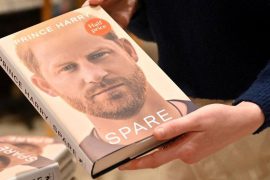
Wetin e go be like to meet one of our closest human relatives from 75,000 years ago in di flesh?
Scientists don produce one ogbonge reconstruction of wetin a Neanderthal – olden days – woman fit don look like wen she dey alive.
Dem base am on one flat, scatter-scatter remains of one skull wey di bones bin dey so soft wen dem excavate am dem be “biscuit wey soak”.
Researchers bin first get to strengthen di pieces before dem put dem togeda.
Expert paleoartists come create di 3D model.
Di representation appear for one new BBC Studios documentary for Netflix dem call Secrets of the Neanderthals, wey chook eye for wetin we know about our long-lost evolutionary cousins, wey become extinct about 40,000 years ago.
Di sculpture give dis pipo face.
“I tink say she fit help us connect with who dem be,” na so Dr Emma Pomeroy, one paleoanthropologist ontop di project from University of Cambridge.
E dey really exciting and na ogbonge privilege actually to dey able to work with di remains of any individual but especially one wey dey as special as she be,” she tell BBC News.
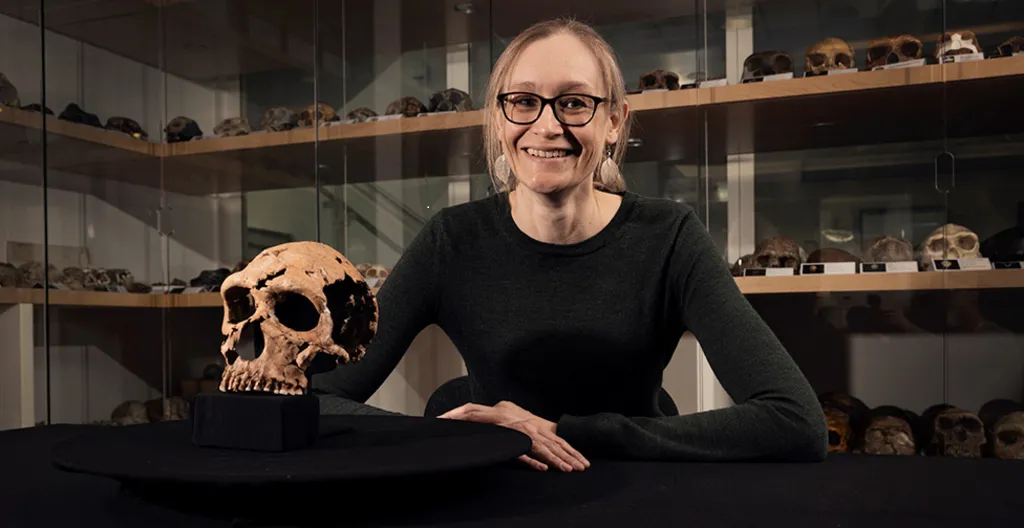
Dem find di skull wey dem base di model on for Shanidar Cave inside Iraqi Kurdistan. Na iconic place wia dem find di remains of at least 10 Neanderthal men, women and children for di 1950s.
Wen one British group bin dey invited back by di Kurdish authorities for 2015, dem find one new skeleton – dem call am Shanidar Z – e get most of di pesin upper-body, including di spine, shoulders, arms and hands.
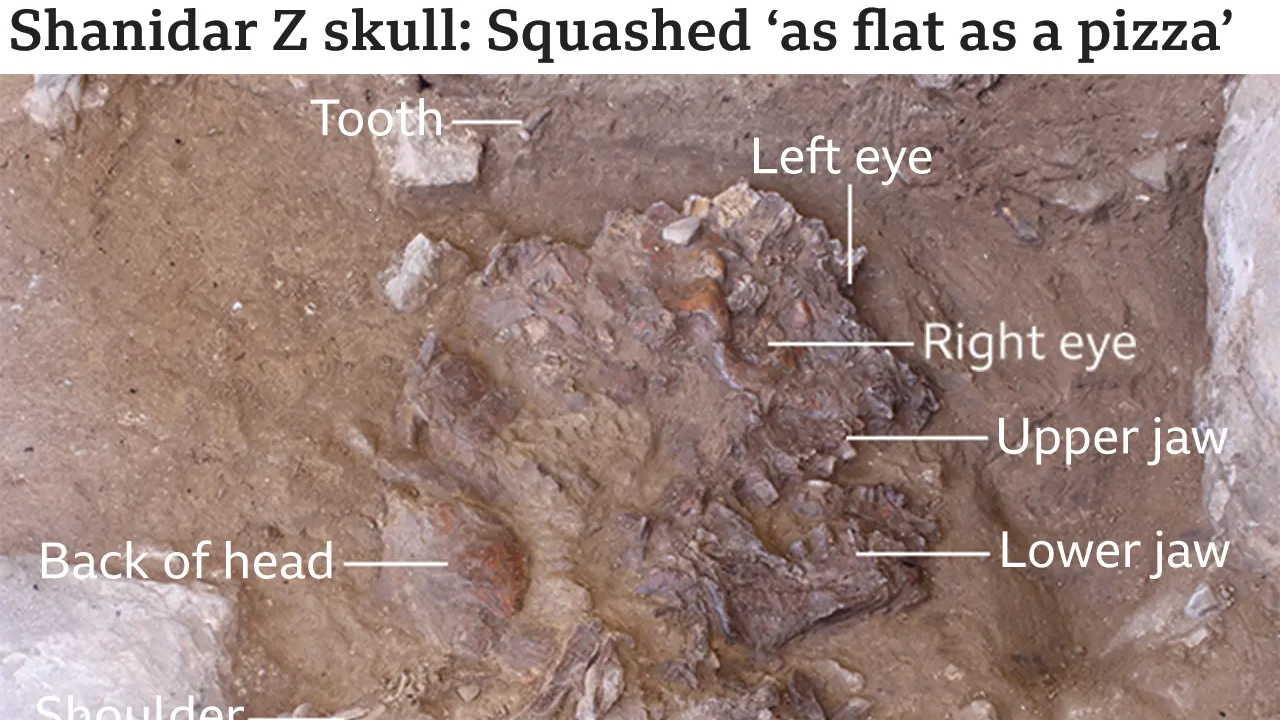
Most of di skull bin also dey present, too, but e dey pressed into one 2cm (0.7in)-thick layer, maybe na rock wey fall from roof of di cave at some point in di past press am.
“Di skull flat like pizza, basically,” na so Cambridge Prof Graeme Barker, wey lead di new excavations for Shanidar tok.
“Na remarkable journey to go from dat to wetin you dey see now. As archaeologist, you fit sometimes get used to wetin you dey do. But every now and den you go dey aware to di fact say you dey touch di past. We dey forget how extraordinary e be.”
With permission of di local department of antiquities, dem bring back di pieces of di skull to UK in blocks of sediment to begin di process of freeing dem, stabilising dem and den putting dem back togeda.
Di complicated jigsaw puzzle take one archaeological conservator more dan a year to complete.
Dem come surface-can di rebuilt skull and give Dutch artists Adrie and Alfons Kennis di 3D print, dem dey popular for dia skill in creating anatomically faithful representations of olden days people from dia bone and fossil remains.
But even as di sculpture dey, na for di original skeleton di real value dey.
Di team dey pretty sure say “she be she”.
Pelvic bones fit help dem know but dem no recover am with di upper-part of di body.
Instead di researchers don rely on some proteins dem find inside di tooth enamel wey dey associated with female genetics. Di small stature of di skeleton also support di interpretation.
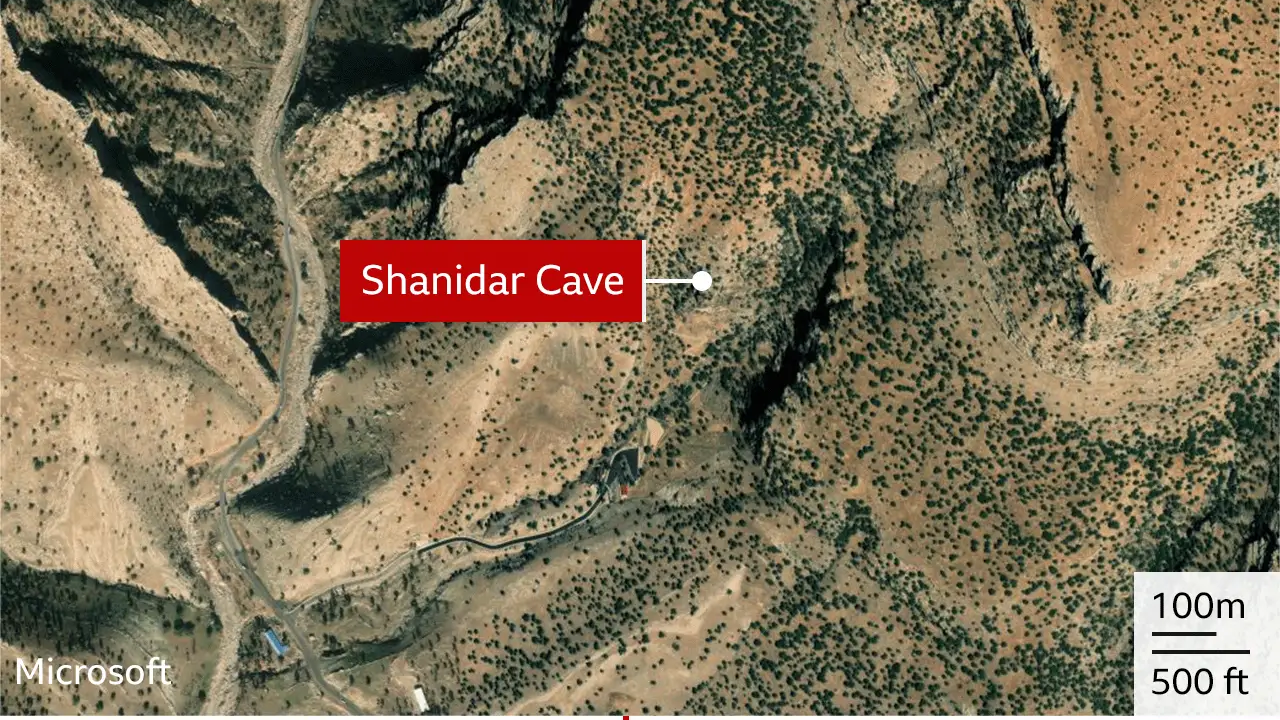
How old? She probably die in her mid-40s, dem dey judge again by her teeth wey dey worn down almost to di roots.
“By di time di teeth dey get dis worn out, chewing no dey become as effective as e dey be before – so she no dey able to eat in di same way again,” Dr Pomeroy explain.
“We get some oda indications of poor dental health – some infections, some gum disease as well. By dis time, I tink say she don dey get to di natural end of life.”
For a long time, scientists bin consider Neanderthals say dem dey rough and unsophisticated by comparison with our species.
But dat view don dey transformed since di discoveries for Shanidar.
Di cave dey famous for displaying wetin appear to be some kind of burial practice. Dem dey bodies carefully inside a gully next to one tall rock pillar. All di dead bin share a similar orientation in how dem lay dem out.
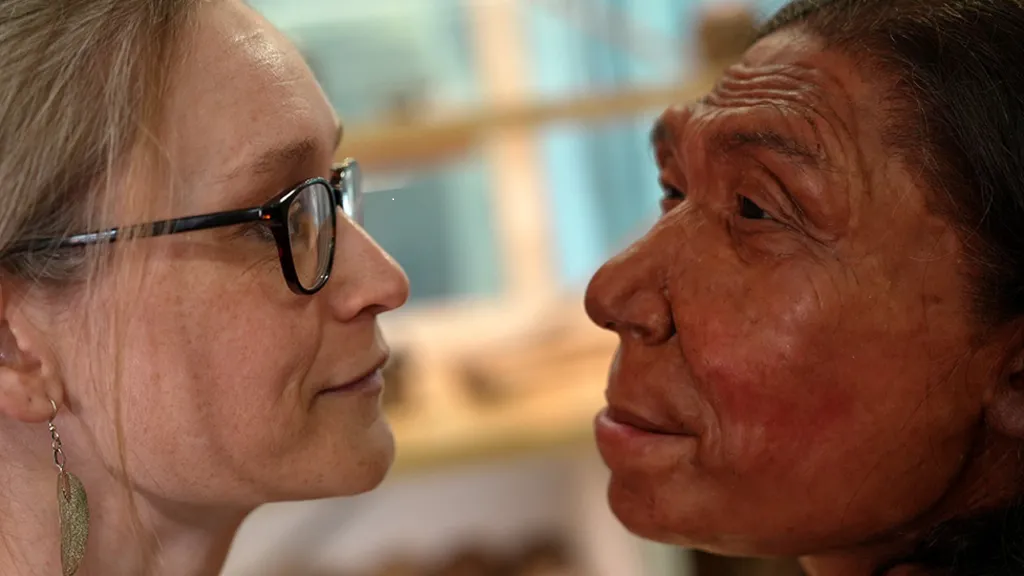
Pollen throughout one skeleton make some to argue say dem fit don bury dis Neanderthals with flowers, wey suggest a spiritual awakening, even religion.
But di British team tink say e dey more likely say na bees later leave di pollens, or maybe dem from some flower branches wey dem be place on top of di bodies.
“Not because of di flowers on di branches but because di branches themselves for fit prevent di likes of hyenas to gbab di bodies,” na so Prof Chris Hunt of Liverpool John Moores University tok.
“I go hesitate to use di word ‘burial’; I think I go use di word ‘placement’ to get away from di idea of a vicar and di church. But absolutely no doubt dey say dem maintain a tradition of say dis na where you go put grandma.”
Secrets of di Neanderthals dey land for Netflix streaming platform globally on Thursday.
Additional reporting by Gwyndaf Hughes.





